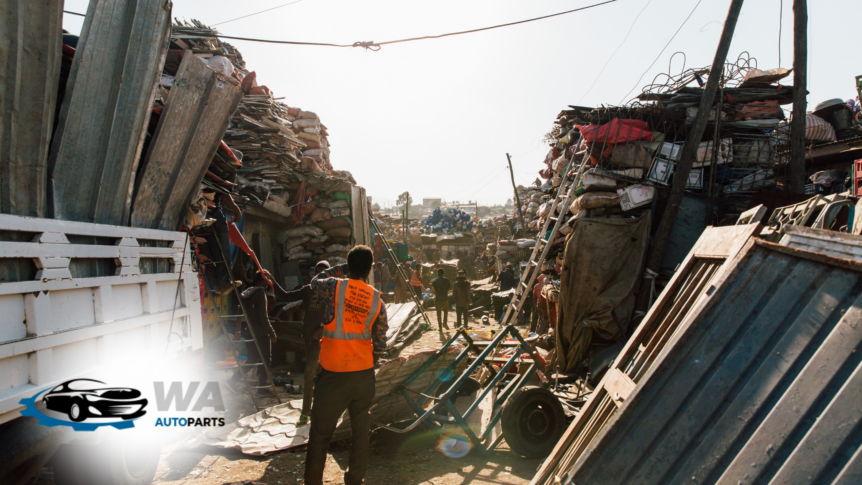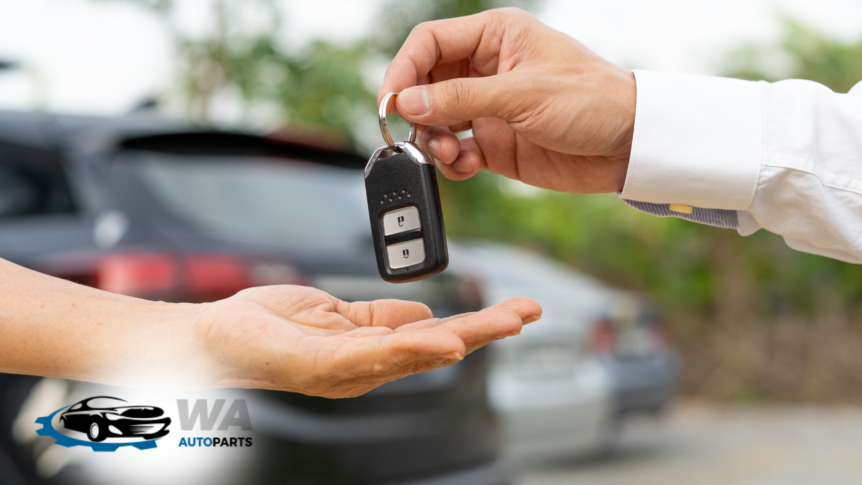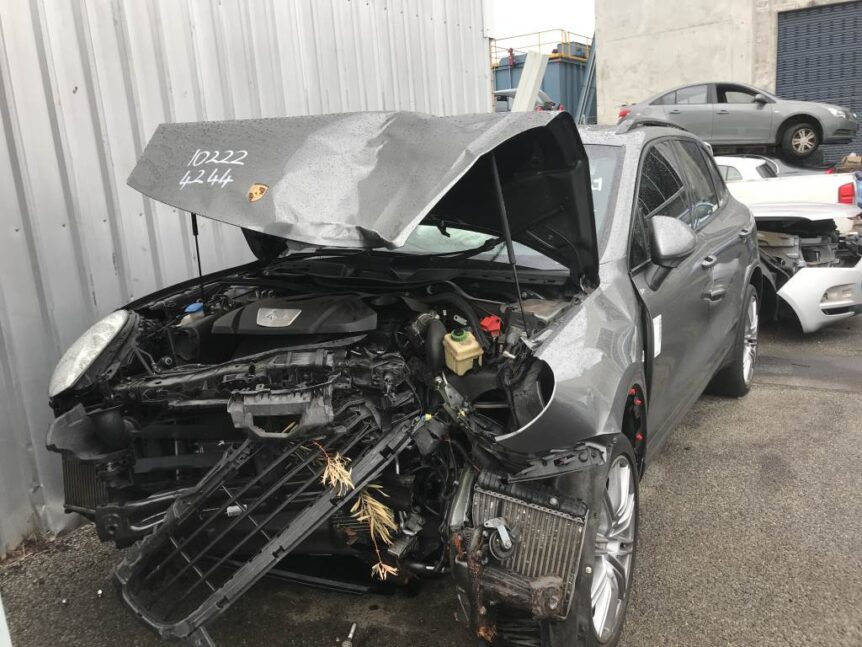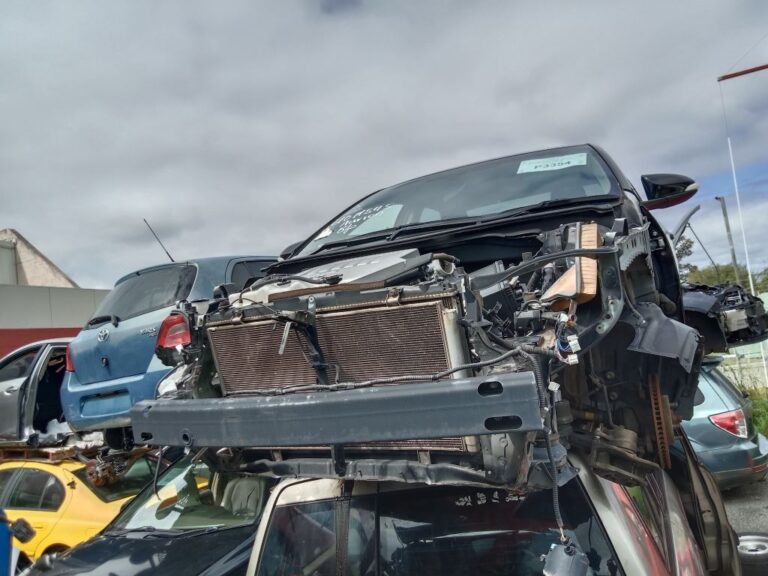If you’re in need of Hilux wreckers near you, you’ve come to the right place. In this comprehensive guide, we’ll provide you with an extensive list of Hilux wreckers in your vicinity, along with detailed information about their services, prices, and customer reviews.
Understanding Hilux Wreckers
Hilux wreckers are specialized entities that focus on the dismantling and recycling of Hilux vehicles. They are outfitted with the necessary tools and expertise to dismantle vehicles in a safe and efficient manner, ensuring that the recycled parts are of high quality.
The process of recycling a vehicle is complex, involving the removal of various parts and hazardous materials. It begins with inventorying incoming vehicles for parts, which includes wheels, tires, batteries, and catalytic converters. Fluids such as engine coolant, oil, transmission fluid, air conditioning refrigerant, and gasoline are drained and removed. Certain high-value parts such as electronic modules, alternators, starter motors, infotainment systems, and even complete engines or transmissions may be removed if they are still serviceable and can be profitably sold in either “as-is” used condition or to a remanufacturer for restoration.
The process of removing higher-value parts from the lower-value vehicle body shell has traditionally been done by hand, as the process is labor-intensive. However, as the process is labor-intensive, it is often uneconomical to remove many of the parts. Self-serve junkyards address this in part by having customers remove parts from vehicles themselves. In this business model, cars often sit in a dedicated yard for anywhere from a few weeks to several months, and patrons can bring their own tools and remove any parts they want to buy. Once a vehicle has been in the yard for a sufficient period of time, the facility will proceed with the end-of-life vehicle scrapping and recycling process.
Recycling steel saves energy and natural resources. The steel industry saves enough energy to power about 18 million households for a year, on a yearly basis. Recycling metal also uses about 74 percent less energy than making metal. Thus, recyclers of end-of-life vehicles save an estimated 85 million barrels of oil annually that would have been used in the manufacturing of other parts.
Hilux wreckers play a crucial role in this industry, contributing to the efficient recycling of vehicles and the preservation of valuable resources.
Why Choose Hilux Wreckers?
Choosing Hilux Wreckers for your vehicle offers numerous benefits. Their commitment to environmental sustainability is evident in their recycling practices, which not only reduces waste but also contributes to a greener planet. This commitment to sustainability is not just a corporate ethos; it’s a tangible contribution to reducing the environmental impact of waste.
Moreover, Hilux Wreckers provide a financially viable solution for those seeking to upgrade their vehicle or acquire parts for their existing one. They offer competitive pricing, making it possible for more people to take advantage of the benefits of their services. This cost-effectiveness is a testament to their dedication to providing quality services at affordable prices.
Lastly, Hilux Wreckers ensure a secure and professional service, handling your vehicle with the utmost care. Their professionalism extends beyond just the service they provide; it’s a commitment to the safety and security of your vehicle. This level of professionalism is reassuring and gives you peace of mind, knowing that your vehicle is in capable hands.
Hilux Wreckers offer a combination of environmental responsibility, cost-effectiveness, and professionalism. These factors make them an ideal choice for anyone seeking a reliable and sustainable vehicle recycling service.
Finding Hilux Wreckers Near Me
The process of finding Hilux wreckers in your vicinity is quite simple. You can utilize search engines like Google to pinpoint local Hilux wreckers. To do this, input “Hilux wreckers near me” into the search bar. Google will then generate a list of nearby businesses that offer Hilux wrecking services.
This process is made possible by the power of search engines and their ability to provide location-specific results. These engines use algorithms to analyze your search query and provide the most relevant results based on your location. This means that the list of Hilux wreckers provided by Google will be tailored to your location, making it easier for you to find a wrecker that is conveniently located near you.
In addition to Google, there are other search engines and online directories that you can use to find Hilux wreckers. These include Yahoo, Bing, and business directories like Yelp or Yellow Pages. These platforms also offer location-specific search results, so you can find Hilux wreckers in your area by simply entering “Hilux wreckers near me” into the search bar.
Remember to check the reviews and ratings of the wreckers before you visit them. This will give you an idea of their reliability and the quality of their services. Also, consider calling ahead to confirm their opening hours and any additional requirements for wrecking your Hilux.
Finding Hilux wreckers near you is a simple task that can be accomplished using search engines and online directories. Just input “Hilux wreckers near me” into the search bar, and you’ll be provided with a list of local businesses that offer Hilux wrecking services.
Evaluating Hilux Wreckers
Selecting a Hilux wrecker requires a multi-faceted evaluation. Begin by examining their Google reviews, which provide a glimpse into their service quality. These reviews can offer insights into their reliability, efficiency, and customer satisfaction.
Next, delve into their website to gain a deeper understanding of their services and pricing structure. This will allow you to assess whether their offerings align with your needs and whether their prices are within your budget.
Lastly, consider the location of the wrecker. Convenience is a crucial factor, especially if you’re dealing with a vehicle that requires immediate attention. A wrecker located near you can save you time and ensure that your vehicle is attended to promptly.
In addition to these factors, you may also want to consider the wrecker’s reputation in the community and their commitment to customer service. A reputable wrecker is likely to have a strong online presence, with positive reviews and testimonials from previous clients. They should also have a clear and transparent pricing structure, and be able to provide quick and reliable service.
Remember, the best Hilux wrecker for you will depend on your specific needs and circumstances. Therefore, it’s important to take the time to research and compare different options before making a decision.
Conclusion
In conclusion, Hilux wreckers are a great option if you’re looking to recycle your Hilux vehicle. They offer a cost-effective and environmentally friendly solution, and with a bit of research, you can find a reputable Hilux wrecker near you. So, don’t hesitate to contact them today and find out how they can help you with your vehicle.
















